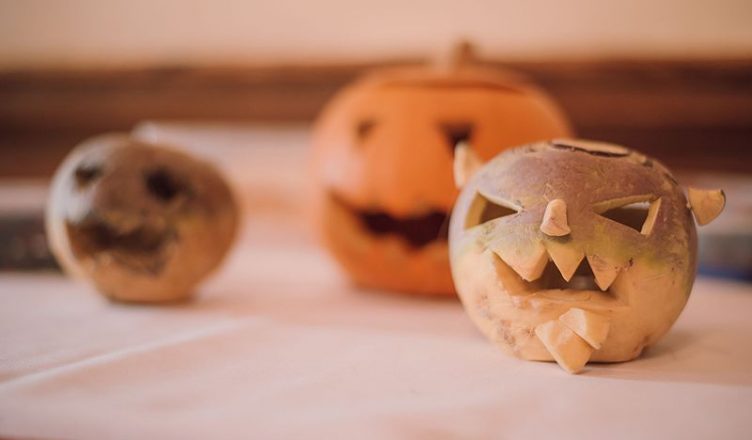Of Spirits and Celebration: Samhain and the History of Halloween
by Helena von Sadovszky
Samhain is a Celtic pagan religious festival typically celebrated from October 31 to November 1. It is one of four yearly fire festivals; Samhain marks the midpoint between the fall equinox and the winter solstice. As such, Samhain celebrates what was traditionally the most important time of year for the Ancient Celts: the harvest.
The harvest was a community effort; every family would assist in harvesting and preparing crops, livestock, and other resources for the coming winter. During this period of hard labor, the family hearth would be left to burn out.
And just as every family was called to work, every family was called to celebrate when the work was done. The end of the harvest period was celebrated by three days and three nights of revelry (though some sources do mention six days). The entire community was called to pray with druids and local leaders before a large bonfire; failure to attend the event was believed to anger deities who would then afflict the AWOL individual with disease and other misfortunes. During the celebration, people would dress in costumes, sing, dance, and sacrifice animals. At its close, each family would take fire from the bonfire to relight their own hearth- preparing themselves for the long winter to come.
This period also had a more sinister meaning. It was believed that the barrier between the physical and metaphysical worlds was easily breachable during Samhain. While ancestors might cross over to visit the living, the main concern were monsters. In order to prevent kidnappings by fairies and other supernatural entities, the Celts enacted versions of many of the Halloween traditions that we know and love today. People would dress up as animals and monsters to hide. People would also carve large turnips and potatoes with faces, the precursor to the modern jack-o’-lanterns (the name of which comes from an old Irish folktale about a man named Stingy Jack). Other myths and monsters commonly associated with Samhain include the Pukah, a shape shifting creature that receives harvest offerings, and the Lady Gwyn, a headless woman who chases those who travel at night while accompanied by a black pig. Other various groups were believed to roam throughout the nights and kidnap people and livestock. In short, have fun but be wary of whatever creatures lurk in the dark!
Works Cited
History.com Editors. “How Jack O’Lanterns Originated in Irish Myth.” History.com, A&E Television Networks, 25 Oct. 2019, www.history.com/news/history-of-the-jack-o-lantern-irish-origins.
History.com Editors. “Samhain.” History.com, A&E Television Networks, 6 Apr. 2018, www.history.com/topics/holidays/samhain.
Lang, Cady. “What Is Samhain? Origin of Halloween Rooted in Pagan Holiday.” Time, Time, 30 Oct. 2018, time.com/5434659/halloween-pagan-origins-in-samhain/.
Price, Bill. Celtic Myths. Oldcastle Books, 2011. Available through E-books Central.





